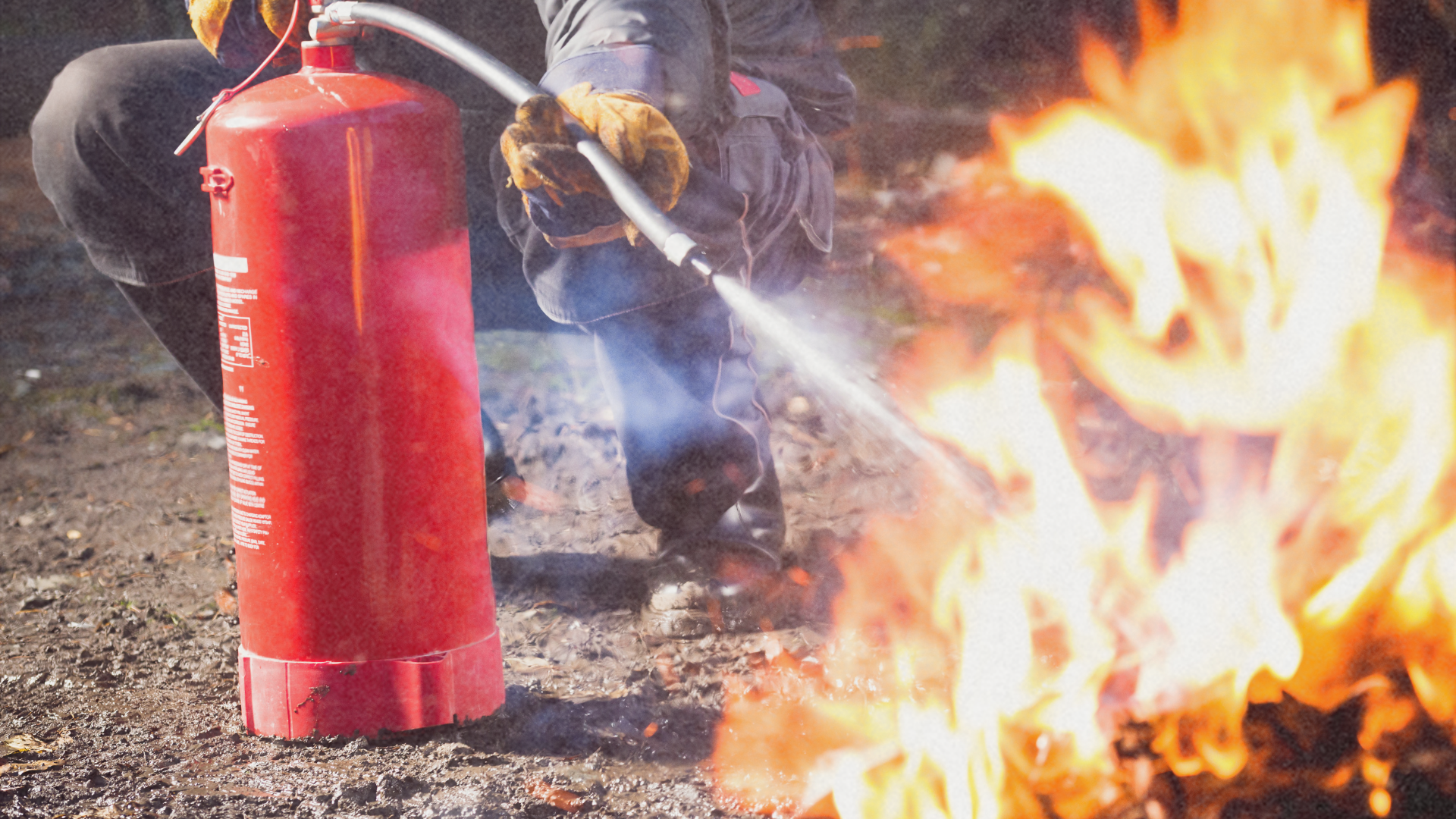In a notable move to redefine law enforcement in the Philippines, the Philippine National Police (PNP) has announced a new partnership with the Commission on Human Rights (CHR). The goal: to ensure that civil liberties are respected during police operations and to dispel lingering fears of police abuse that have haunted the force since the controversial drug war era.
This collaboration, spearheaded by PNP Chief Gen. Nicolas Torre III, aims to bridge what has long been perceived as an adversarial gap between the police and human rights advocates. But what does this really mean for public safety and national security?
As the country watches this new alliance unfold, here’s a concise look at the pros and cons of this bold initiative.
The Upside: Safer, More Accountable Policing
1. Protection of Civil Liberties
With CHR observers now welcome in police operations, especially during arrests, there’s a greater likelihood of accountability. This move signals a clear intention to prevent abuses and ensure every operation is done by the book.
2. Boosting Public Trust
By working hand-in-hand with a rights watchdog, the PNP stands to gain back the trust of communities that have grown wary of law enforcement. A trusted police force encourages citizen cooperation—essential for effective crime prevention.
3. Nationwide Reach
The CHR has regional offices across the archipelago, enabling the partnership to reach remote areas where oversight has historically been limited. This could help establish a more consistent and rights-based policing standard nationwide.
4. Breaking the Cycle of Fear
By distancing itself from the bloody legacy of extrajudicial killings under the previous administration, the PNP may foster a safer environment—one where citizens no longer fear their protectors.
The Challenges: Striking a Delicate Balance
1. Operational Efficiency at Risk
The presence of rights monitors during real-time operations could slow down decision-making or complicate urgent responses. In fast-evolving situations, any delay could cost lives.
2. Mission Overlap
The CHR’s role as a watchdog may naturally lead to friction with police command. Without clear coordination, this could create confusion or power struggles that impede both agencies’ missions.
3. Arrests as Performance Metrics
While Torre has clarified that arrest numbers are part of performance reviews, critics worry this could still lead to over-policing or unjustified arrests, even with CHR oversight.
4. Substance vs. Symbolism
Ultimately, the success of this partnership hinges on whether it leads to real reforms—such as officer discipline, policy revisions, and justice for past abuses. Without this, the initiative risks being seen as mere window dressing.
A New Era or a Familiar Story?
The PNP’s willingness to collaborate with the CHR is, without question, a step in the right direction. It signals a shift toward more ethical, rights-based law enforcement. But this progress must be matched by consistent action, structural reform, and an unwavering commitment to justice.
For now, Filipinos can hope that this partnership marks not just a change in tone—but a true transformation in practice.






Leave a Reply